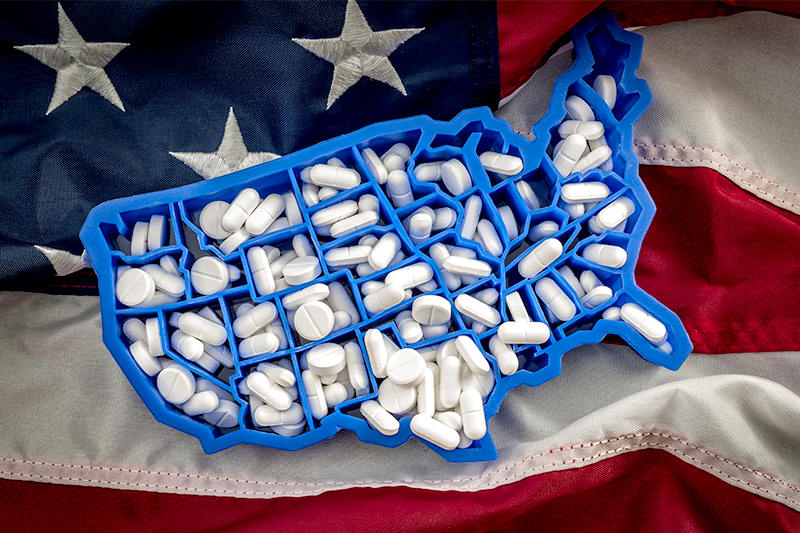Model Overdose Fatality Review Teams Act
Overdose fatality review (OFR) is a powerful tool that can be used to identify and respond to community-specific patterns related to drug overdose deaths. LAPPA’s Model Overdose Fatality Review Teams Act was written in consultation with a host of subject matter experts and creates a legislative framework for establishing county-level, multidisciplinary OFR teams in individual states. While overdose deaths occur nationally, OFRs established at the local level allow for the identification of challenges unique to a local area. This Model Act addresses the duties, responsibilities, and composition of OFR teams in order for them to properly examine and understand the circumstances leading up to a fatal overdose....













